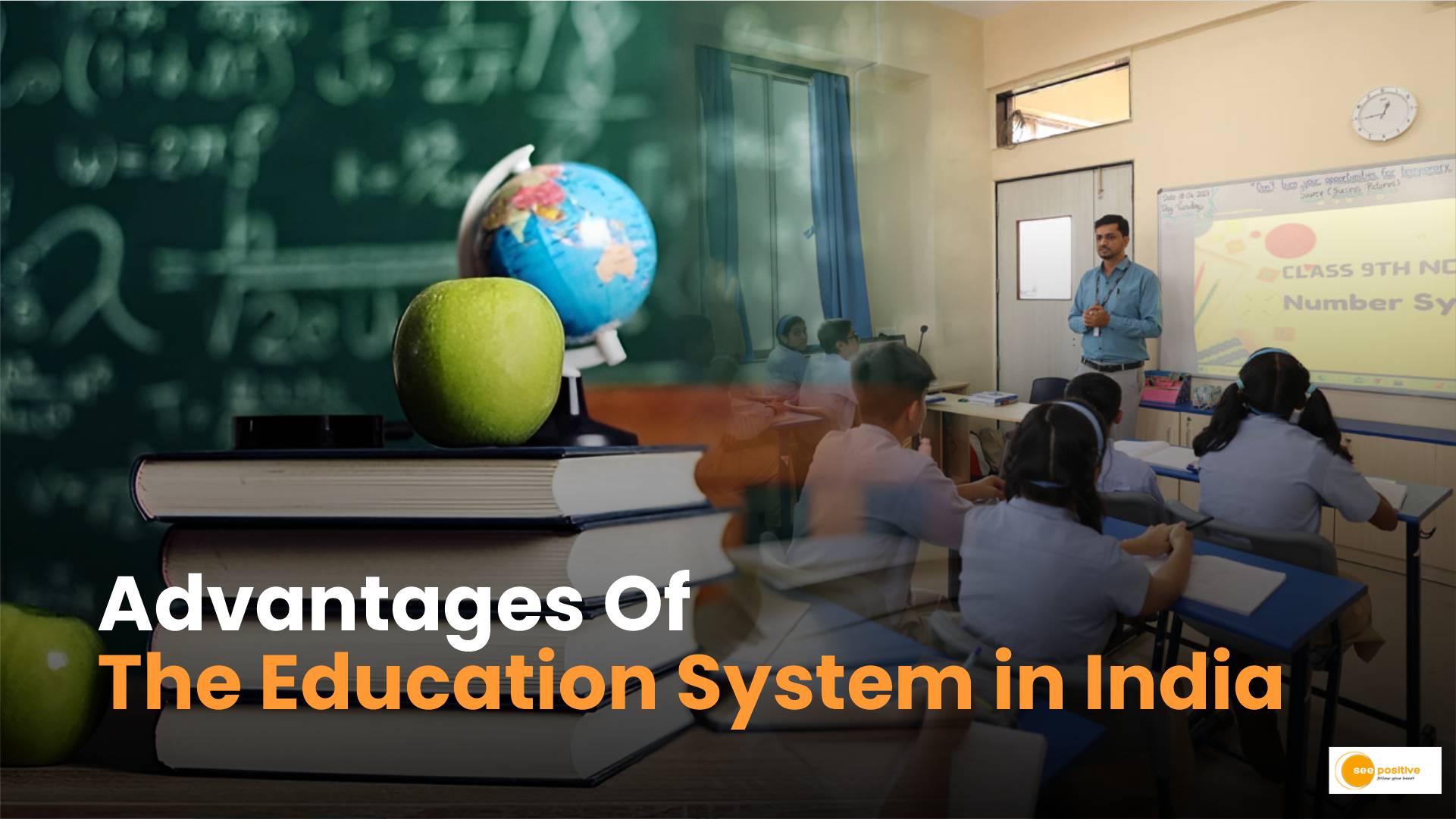The Indian education system has evolved significantly over the years, adapting to changing times, technology, and societal needs. In this article, we’ll explore the modern education system in India advantages and how it differs from ancient and medieval educational practices.
1. Widely Available to Aspiring Students
Unlike ancient and medieval education, the modern education system is more widely accessible to people from all walks of life. Schools today aim to prepare students for the real world and meet the demands of various sectors. Thanks to advancements in technology, education is no longer limited to a privileged few. Students have greater access to quality education in urban or rural areas.
2. Embracing Cultural Heritage
The Indian education system ensures that students gain knowledge not only in core subjects but also about the rich cultural heritage of India. By learning about our history, traditions, and diverse cultural practices, students develop a deeper understanding of their roots. This cultural awareness fosters a sense of identity and pride.
3. Career Guidance and Choices
Modern education emphasizes career readiness. Students are exposed to various career paths, allowing them to make informed choices. Vocational training, skill development, and exposure to different fields help students identify their interests and strengths. This focus on practical skills equips them for the workforce.
4. English Proficiency
English is a compulsory subject in the Indian education system. While some debate its prominence, there’s no denying that English proficiency enhances employability. In a globalized world, English serves as a bridge for communication, trade, and collaboration. Students who are fluent in English have an advantage in the job market.
5. Global Recognition of Indian Degrees:
Indian degrees are widely recognized and respected globally. The education system follows international standards, and many Indian universities consistently rank among the top in various global rankings. This recognition opens doors for Indian students to pursue further studies or employment opportunities abroad, contributing to the country’s global presence.
Challenges and the Way Forward
Despite these advantages, the modern Indian education system (https://seepositive.in/education/the-advantages-and-disadvantages-of-the-indian-education-system/) faces challenges. For instance:
- Teacher-Student Relationships: In traditional systems, students often have a close bond with their teachers. The modern system sometimes lacks this personal connection.
- Test-Centric Approach: Schools focus excessively on exams, leading to stress and rote learning.
- Technology Dependency: While technology enhances learning, overreliance can hinder critical thinking.
To improve the system, we must strike a balance between tradition and innovation. Encouraging interactive teaching methods, promoting creativity, and addressing individual learning needs are essential steps. Additionally, schools should emphasize holistic development, including emotional intelligence and life skills.
Positive takeaway
The modern Indian education system has come a long way, offering opportunities to a diverse student population. The education system in India (https://seepositive.in/education/the-advantages-and-disadvantages-of-the-indian-education-system/) offers numerous advantages that contribute to the overall development of individuals and the nation. By addressing its challenges and fostering a holistic approach, we can create a more effective and inclusive educational environment.


